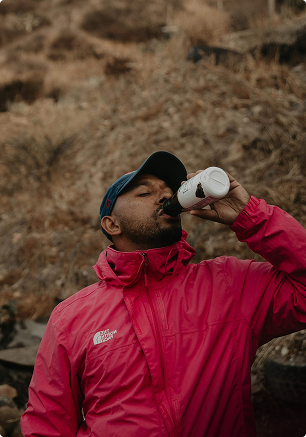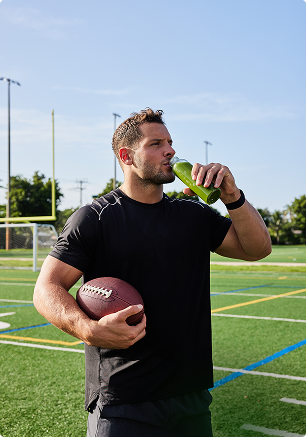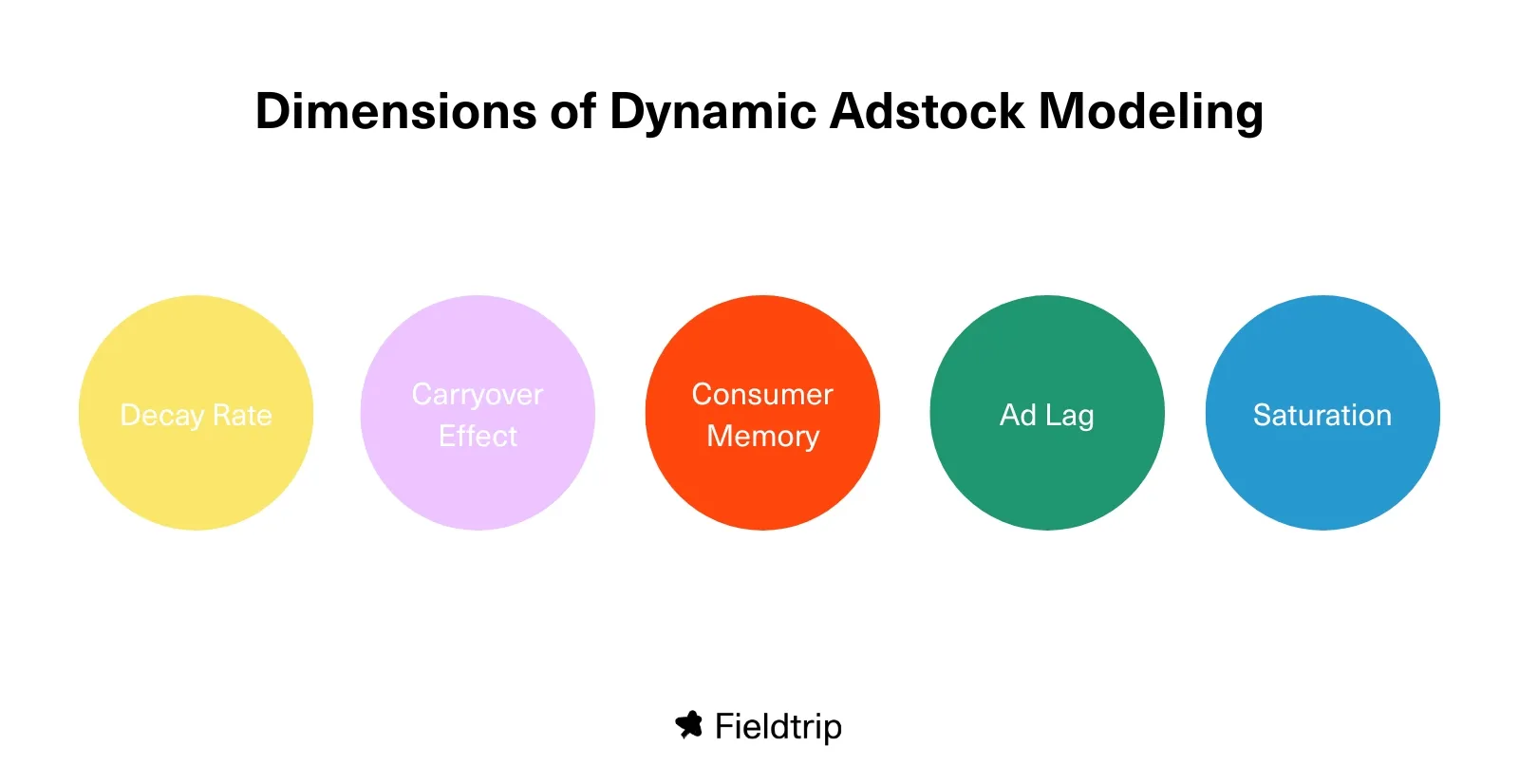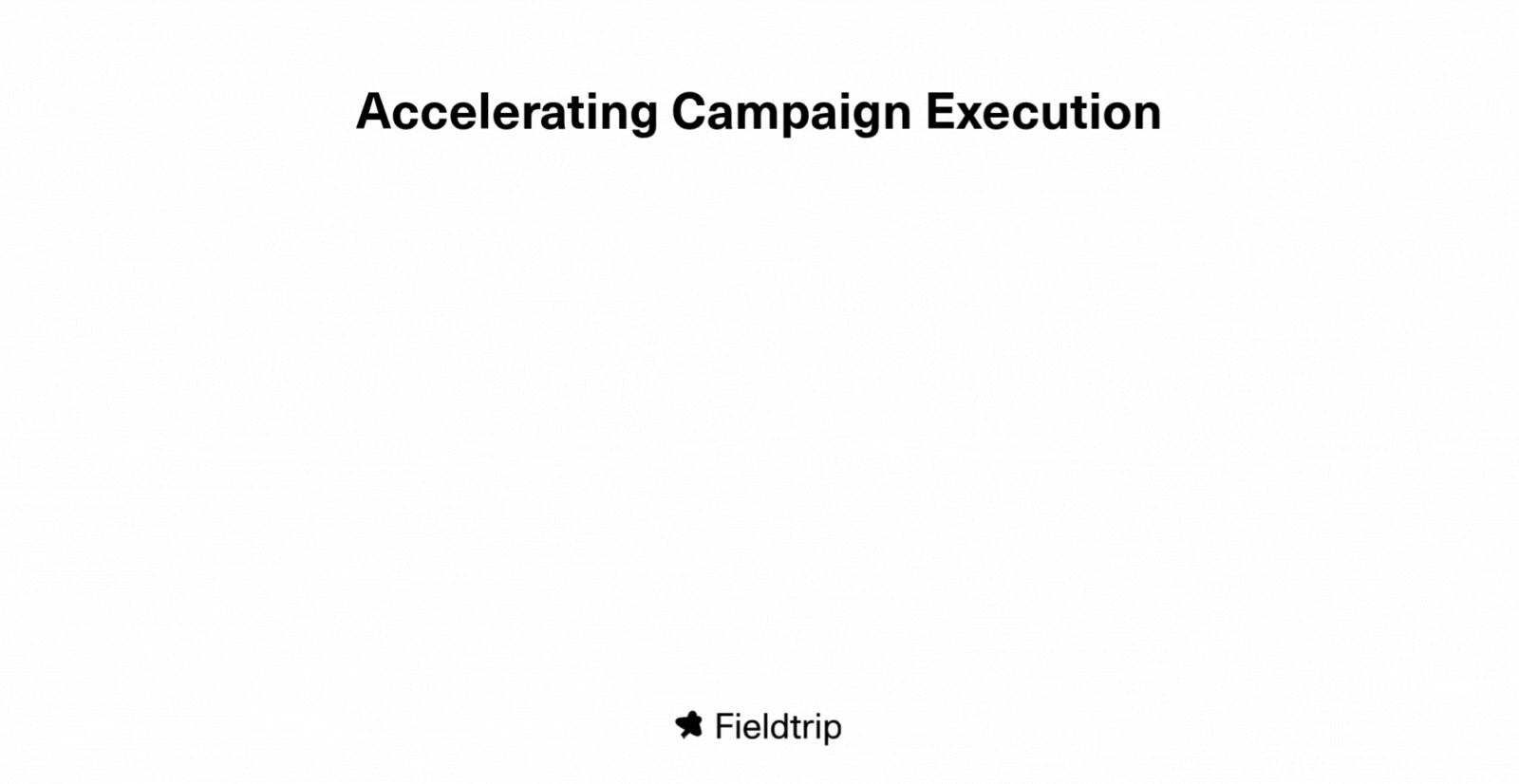






















Ad campaigns can take weeks or months to show real results. But in today’s market, that’s too slow.
Leading brands are cutting that time by rethinking how they plan and optimize their campaigns. So if your current approach relies on outdated timelines, you're already falling behind.
“Time to impact” is now a key performance metric; increasingly rivalling budget as as a measure of advertising efficiency. Yet speed alone isn’t enough.
The Adstock effect shows advertising impact fades over time, so timing your refresh is now critical. And with 88% of marketers worldwide using AI tools in their core workflows, the brands applying them strategically are gaining a real speed advantage.
But we’re getting ahead of ourselves.
In this article, we’ll break down four transformation patterns top brands use to cut time to impact and stay ahead. In a fast-moving market, those who act and partner smarter win.
Let’s get started.
Short on time? Here’s the quick version:
Time to impact is the gap between launching a marketing tactic and seeing real business results, like increased customer engagement or sales.
One way to improve time to impact is implementing AI tools wisely in your workflows. That said, according to the IAB (2025), only 30% of brands have fully integrated AI into campaigns, slowing progress.
A faster time to impact gives marketers real-world leverage rather than just long-term brand lift.
That leads us to the next point:
Digital marketing agencies know that slashing time to impact is non-negotiable because speed equals advantage.
Marketing Scoop found that 91% of marketers using agile practices said their teams succeeded, versus just 56% of non-agile teams.
And since consumer behavior and algoithms shift weekly, traditional long‑cycle campaigns slow performance and dilute spend efficiency; something you don’t want.
Winning brands focus relentlessly on outcomes, using predictive analytics and real‑time measurement, to translate their investment into business results faster than their competitors.
Why not join them?
Here’s how to do that:
Here are the four transformation patterns top brands use to shrink setup time, move faster, and turn campaigns into results before their competitors even catch up.
Embedding artificial intelligence into your campaign planning and content production is the fastest way to cut time to impact.
In 2025, brands using AI for influencer ad selection saw 38% higher marketing ROI, while generative AI reduced content creation time by up to 50%.
Insider tip: Build a “Great Idea Generator” of AI-driven briefs, paired with human review, to produce high-volume digital content that lands fast.
Klarna demonstrated this perfectly. Using AI, the global fintech company cut image creation from six weeks to seven days, saving $10M in advertising spend.
Pro tip: Are you thinking of adding influencer marketing to your mix? Here's how to accelerate your global influencer content production.
Dynamic adstock effect modeling helps allocate advertising spend smartly by simulating decay rate, carryover effect, and consumer memory in near-real-time or periodic cycles.

Unlike static models, AI-led marketing mix modeling (MMM) captures ad lag, saturation, and memory decay more accurately. That way, smart marketers can reallocate spend faster and dynamically amplify ROI.
Side note: Remember that MMM isn’t real-time AI just yet; AI/ML enhances it via Bayesian methods or automated tuning.
According to Think with Google, a study by the MMM platform, Mutinex, showed that YouTube had the longest adstock among digital media
And in one case, a global retailer used adstock-adjusted media mix modeling to increase ROI by 14% and loyalty revenue by 20%.
It’s certainly something to contemplate when looking at maximizing ROI.
Speeding up impact starts with mapping the customer journey; aligning media choice, content type, and personalizing the experience across touchpoints.
Keep this in mind: 73% of consumers use multiple channels when shopping, and companies with omnichannel journeys retain 89% of customers versus 33% for those without.
Insider tip: Operating at a global scale? We recommend creating a “buyer-journey playbook” for your marketing organization to guide consistent messaging and local content across regions.
It’s also worth noting that 71% of consumers expect personalized interactions with brands (McKinsey, 2025). So it’s clear that holistic customer journeys that personalize the experience for buyers are key.
Speaking of personalizing the experience for consumers: real-time interaction and automation drive faster advertising growth by delivering instant relevance to consumers.

Using AI-driven chatbots to trigger personalized offers within seconds of behavior signals can increase customer engagement and conversions.
And according to Desk365.io, using AI chatbots and predictive analytics cuts response times by 47% and support costs by 30%.
Insider tip: We recommend using automated triggers across digital media and television advertising to personalize content type and local messaging, which minimizes launch-to-impact lag.
With rising media choice in social commerce, automating journeys from influencers to micro-partners shortens buyer paths. It just makes business sense.
Next, we’ll uncover how your organization can follow six concrete steps to slash time to impact and stay ahead globally.
Your digital maturity reflects how fast your organization turns data into action, while your data infrastructure is the system that powers it: your tech stack, data pipelines, and measurement tools.
Begin by tracking your “speed to conversion” metric; how many days it takes from media buy to first measurable result.
Backing this up, research shows that organizations with advanced infrastructure achieve 24% higher revenue growth and 25% greater cost efficiency (Techerati, 2024).
So it’s recommended that you audit your digital systems and readiness for transformation by documenting whether your systems provide real-time dashboards, have predictive analytics in place, and enable unified budget allocation across your channels.
Start by tracking your decision-to-action cycle time: how long it takes to turn insights into live advertising campaigns.
DemandSage found that 53% of marketers use predictive analytics tools to forecast customer behavior. Avoid being the 47% who aren’t. Here’s how.
You’ll want to invest in a data stack built for scale: a unified Customer 360 data platform, real-time campaign data ingestion, and a marketing automation framework tied to creative and media buys.
By automating budget allocation and optimization, you’ll shorten the gap between insight and execution, cutting the time from insight to live campaign by weeks.

Start by focusing on return on advertising spend (ROAS) time-to-ROI, to help you ensure every dollar of advertising spend translates into measurable business results, like revenue.
It’s important to incorporate the adstock effect and carry-over effect into your media mix modeling, as it reveals how ad influence decays over time and affects your budget allocation decisions
Traditional models miss this residual value, misjudging where you need to invest.
Open-source tools like the Robyn R package help you estimate decay rate, lag, and saturation by channel; quantifying real-world impact across TV, digital, and social.
With dynamic adstock modeling, you can reallocate advertising spend toward channels that sustain results longer, improving budget accuracy and speeding up ROI measurement.
With this step, you’ll integrate Multi-Touch Attribution (MTA) with Media Mix Modeling (MMM) inside your Customer 360 data platform to connect every touchpoint in the consumer journey.
You'll also need to set up tracking for speed to conversion and attribution lag reduction so you can see how fast each channel drives results.
Use these insights to rebalance your media mix and adjust your budget toward what’s working.
To keep things running smoothly, we recommend holding regular attribution reviews with analytics, media, and creative teams to fine-tune your models and keep advertising campaigns performing at their peak.
Here, you’ll need to track your personalization velocity; it’s the number of personalized advertising campaigns you launch each week.
Since research shows personalization can increase marketing campaign efficiency by 28%, it’s worth implementing as it helps you cut time to impact.
Start by launching your pilot in one high-value region: connect your Customer 360 data platform to a trusted marketing automation system, like HubSpot or ActiveCampaign.
Then, trigger tailored content based on consumer behavior, purchase intent, or location. Link these triggers to content production, social media distribution, and micro-influencer partnerships to drive stronger engagement globally.

Make time to return on investment and speed to conversion your core executive KPIs here, so you can measure how fast your advertising spend turns into business results, like revenue.
Considering that a Forrester study found that companies using insights to be more competitive and more innovative achieve 20% faster revenue growth than competitors, it’s clear that measuring performance, like time to ROI, is key.
You’ll need access to data that will help you track speed to conversion, attribution lag, and the decay rate, so you can spot bottlenecks early and make faster budget allocation decisions.
To get this, integrate your Customer 360 data platform with campaign data dashboards across digital media, television advertising, and social media attribution.
Before accelerating your advertising transformation, you’ll need to remove bottlenecks in talent, data governance, and cross-functional alignment, as it’s essential for accelerating advertising growth.
Battling in this area? You’re not alone.
A study by Precisely and Drexel LeBow reveals that 62% of organizations say weak data governance hinders AI progress, while 27% of CMOs report little or no GenAI adoption due to skill or structural gaps.
To address this and foster a culture of experimentation and continuous improvement, here’s what you can do:
Your team should build AI skills, set clear rules for how campaign data and attribution are managed, and balance strong central guidance with flexible local teams for faster advertising growth.
Top brands aren’t waiting months to see results. And neither should you. So, take advantage of transformation patterns that make your advertising move faster and hit harder.
If you’re tired of lagging performance and delayed returns, maybe it’s time to rethink how you build and launch your campaigns.
Research shows 35% of top-performing companies cite agility as their key growth lever, compared to just 22% of slower-moving peers.
These proven patterns accelerate outcomes for teams that execute decisively. Why not apply them now and reduce your time to impact before your competition does?
Get in touch with Fieldtrip today to turn your advertising transformation into measurable speed.
1. What is the adstock theory?
The adstock model explains how advertising continues to influence consumer decision-making even after a campaign ends, modeling a “carryover effect” and memory decay within your marketing-mix models.
It quantifies how each ad exposure builds brand awareness, which then decays at a channel-specific rate, enabling sharper budget allocation across channels like television, digital media, and social media.
2. Which advertising transformation strategies are most effective in shortening time to impact?
The most effective strategies include AI marketing optimization, dynamic adstock modeling, customer-journey mapping, and real-time automation, as these enable faster content production, budget reallocation, and engagement cycles.
These strategies align your team around campaign data, predictive analytics, and media mix modeling to directly cut the lag between investment and outcomes.
3. What is an example of transformational advertising?
A notable case is IBM’s use of Adobe Firefly generative AI tools to produce 200 images and more than 1,000 creative variations, resulting in 26 times higher engagement than their previous benchmark.
Embedding this AI-driven workflow allowed IBM to cut campaign production times and increase performance, showing how investing in AI marketing optimization and creative automation can drastically cut your time to impact.
4. How do advertising transformation patterns cut the time to see marketing results?
Transformation patterns accelerate impact by automating decision-to-action cycles and connecting measurement to execution.
AI optimization speeds creative turnaround, adstock modeling sharpens budget allocation, and customer-journey mapping reduces time to purchase.
5. How does time shifting affect advertising?
Time shifting is the practice of consuming media at a time other than its live broadcast (e.g., through streaming, DVR, or on-demand content), which changes the timing and duration of ad influence on consumers.
Traditional models struggle with this delayed response, but digital environments demand tracking adstock and carry-over effects. Advertisers must update media-mix models with these factors to increase accuracy and ROI forecasting.